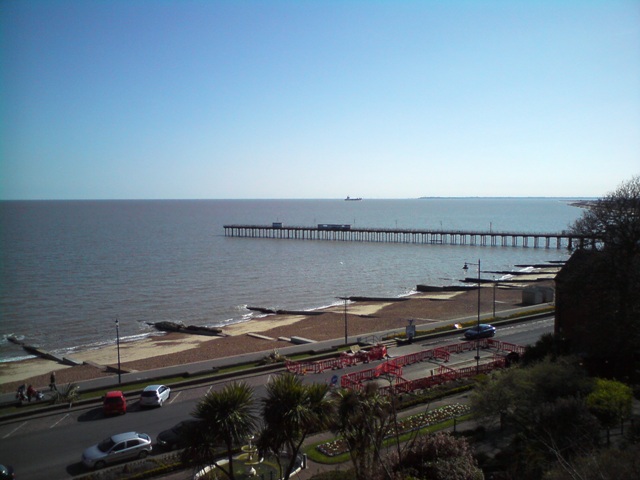In 2008, Felixstowe made the national news when attempts by the Navy to deal with a giant wartime bomb which had washed up on the beach ended in farce as the bomb was “misplaced” during an operation to take the bomb out to sea by means of flotation devices so that it could be detonated safely. Unfortunately, the bomb became detached from the equipment being used for the relocation, and subsequent attempts to find it were hampered by strong currents and poor visibility. The East Anglian Daily Times gloomily reported on 28 April 2008 that it could take weeks to find the bomb, adding significantly to an already high bill for the operation. However, by 1 May there were sighs of relief all round as it was reported that the bomb had finally been safely blown up at sea.
For a list of events in Felixstowe, follow this link.
Live streaming webcam view of the beach.
Map of the area.
Map of the area.
 |
| Felixstowe Pier and Shore line, the Orwell Estuary - geograph.org.uk - 1820476. Photo by Tim Marchant, via Wikimedia Commons. |
No comments:
Post a Comment